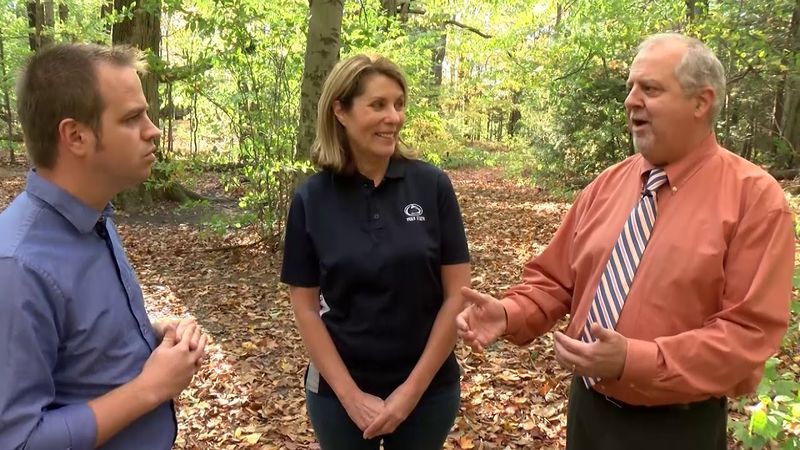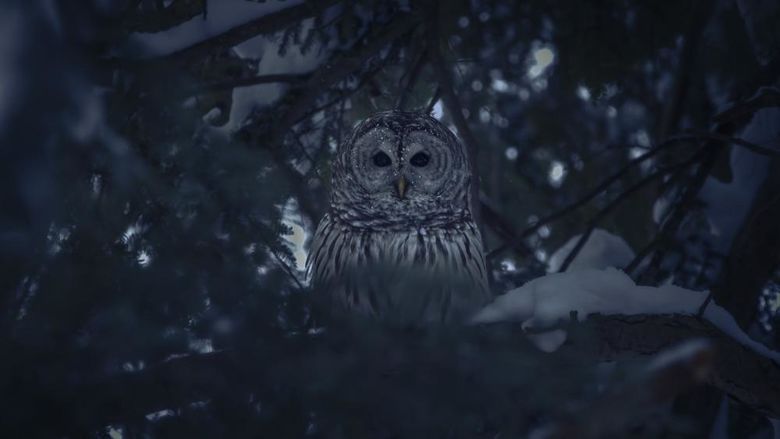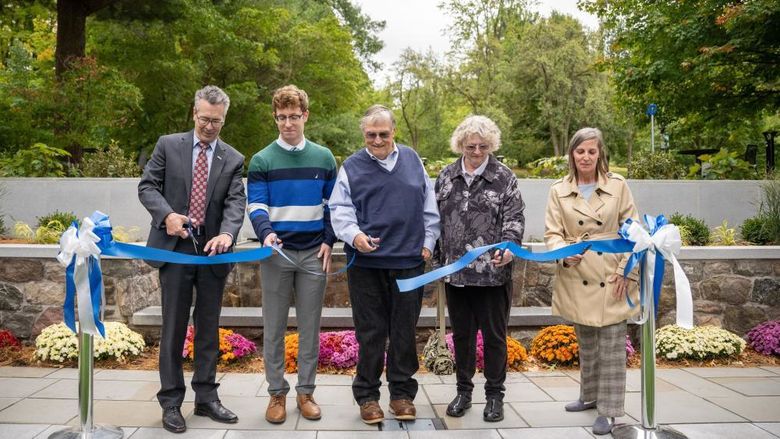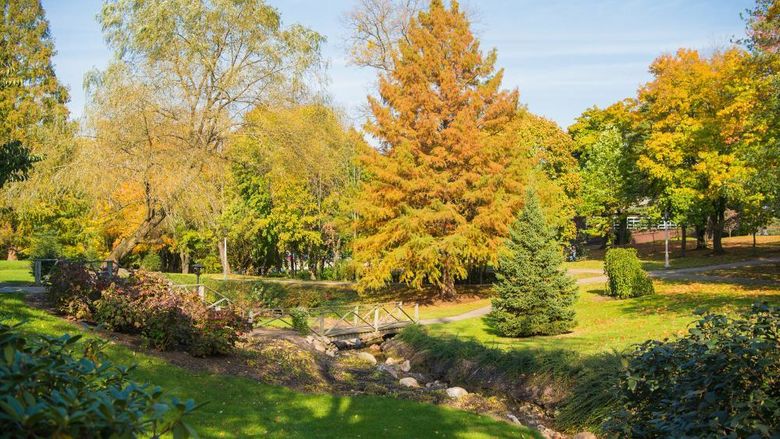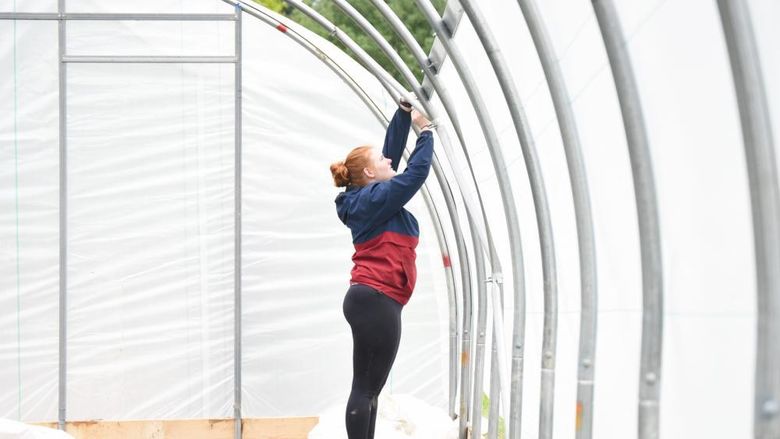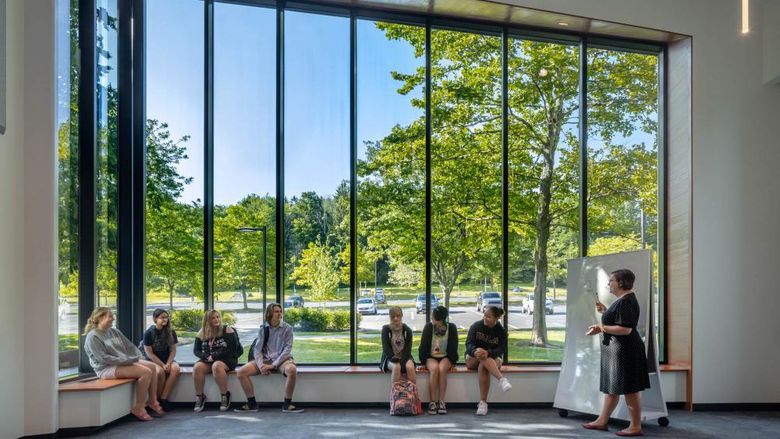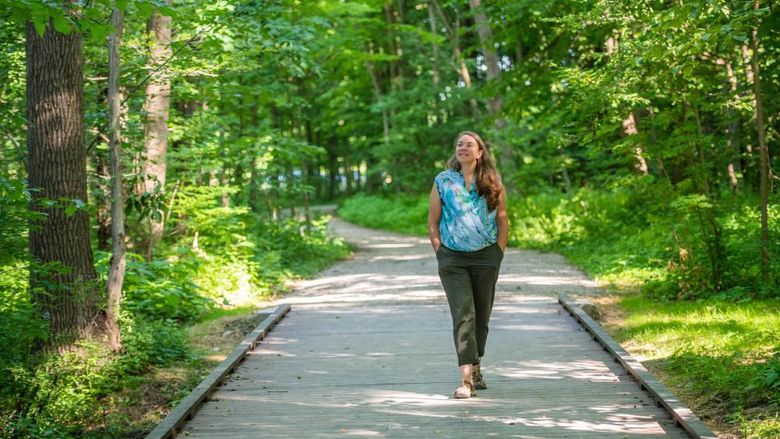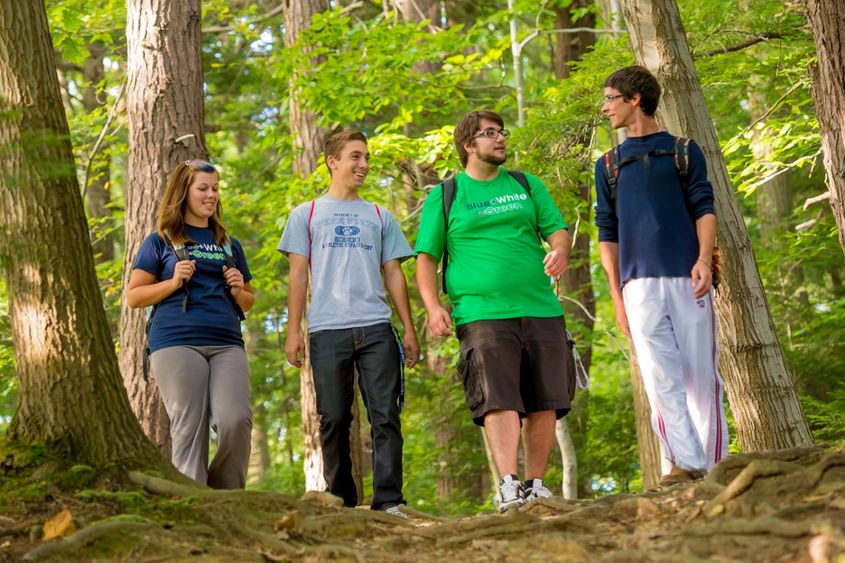
Improvements to the trail system in the Wintergreen Gorge at Penn State Behrend will protect plant and animal life in the area, which is popular with hikers and trail runners.
ERIE, Pa. — The Wintergreen Gorge formed more than 11,000 years ago, when water from a melting iceberg carved through shale and sandstone on its way into Lake Erie. The flow of that water cut a 3,980-foot chasm at the edge of what is now Penn State Erie, The Behrend College.
The largest of the gorge’s trails already was in place when Mary Behrend donated her farm property to Penn State in 1948. The Behrends rode their horses there; they had even poured concrete in places, making level pads for picnic tables.
Penn State Behrend maintains the gorge area as a “living lab” for students. The college also has committed to keeping the area open to others in the community, who use the trail system for hiking, mountain biking and trail running.
At times, that traffic has stressed the natural environment, particularly when visitors stray from the established trails. A comprehensive study now underway will allow the college to stabilize the trail network, protecting plants and other natural assets while making portions of the gorge even more accessible.
The new episode of the video series “This is “Behrend” outlines what’s being done, and why the improvements are necessary.
Robb Frederick
Director of Strategic Communications, Penn State Behrend
